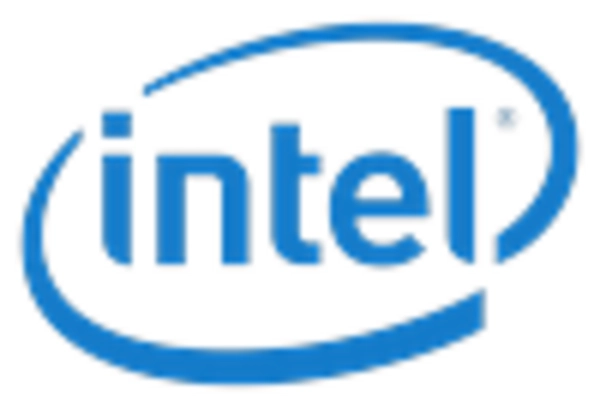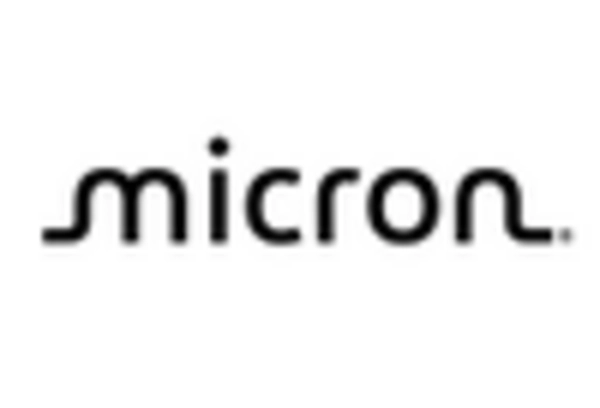Emergence of 5G Technology
The rollout of 5G technology is poised to revolutionize various industries, thereby impacting the semiconductor wafer market. With the anticipated increase in connectivity and data transmission speeds, the demand for advanced semiconductor solutions is expected to rise. In 2025, the 5G infrastructure is projected to account for a significant portion of the semiconductor wafer market, as telecommunications companies invest heavily in upgrading their networks. This transition necessitates the production of specialized wafers that can handle higher frequencies and improved performance. Consequently, the semiconductor wafer market is likely to witness substantial growth driven by the 5G revolution.
Expansion of Automotive Electronics
The automotive sector's transition towards electrification and advanced driver-assistance systems (ADAS) significantly impacts the semiconductor wafer market. In 2025, the automotive electronics segment is expected to represent around 25% of the market share in the US. This shift necessitates the integration of sophisticated semiconductor solutions, including power management and sensor technologies. As electric vehicles (EVs) gain traction, the demand for high-quality wafers is likely to increase, prompting manufacturers to invest in cutting-edge fabrication technologies. This trend not only enhances the performance of vehicles but also drives innovation within the semiconductor wafer market.
Rising Demand for Consumer Electronics
The semiconductor wafer market experiences a notable surge in demand driven by the increasing consumption of consumer electronics. As households and businesses continue to adopt smart devices, the need for advanced semiconductors becomes paramount. In 2025, the consumer electronics sector is projected to account for approximately 30% of the total semiconductor wafer market revenue in the US. This growth is fueled by innovations in smartphones, tablets, and wearables, which require high-performance chips. Consequently, manufacturers are compelled to enhance their production capabilities to meet this escalating demand, thereby influencing the overall dynamics of the semiconductor wafer market.
Growth in Data Centers and Cloud Computing
The proliferation of data centers and the increasing reliance on cloud computing services are pivotal drivers of the semiconductor wafer market. As businesses migrate to cloud-based solutions, the demand for high-capacity storage and processing capabilities intensifies. In 2025, the data center segment is anticipated to contribute approximately 20% to the overall market revenue. This growth compels semiconductor manufacturers to develop advanced wafers that can support high-speed data transfer and efficient energy consumption. The ongoing expansion of cloud services is likely to further stimulate investments in semiconductor technologies, thereby shaping the future landscape of the semiconductor wafer market.
Increased Investment in Research and Development
Investment in research and development (R&D) within the semiconductor wafer market is crucial for fostering innovation and maintaining competitiveness. As technology evolves, companies are allocating substantial resources to develop next-generation semiconductor materials and fabrication techniques. In 2025, R&D expenditures in the semiconductor sector are expected to reach approximately $20 billion in the US. This focus on innovation not only enhances product performance but also addresses emerging challenges such as miniaturization and energy efficiency. The commitment to R&D is likely to play a vital role in shaping the future trajectory of the semiconductor wafer market.














Leave a Comment